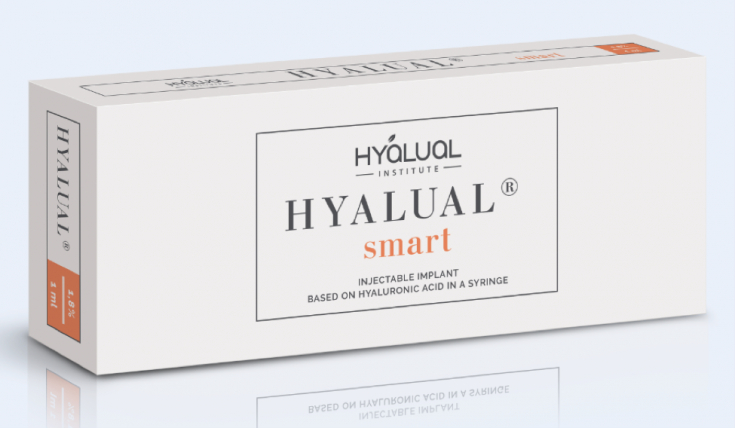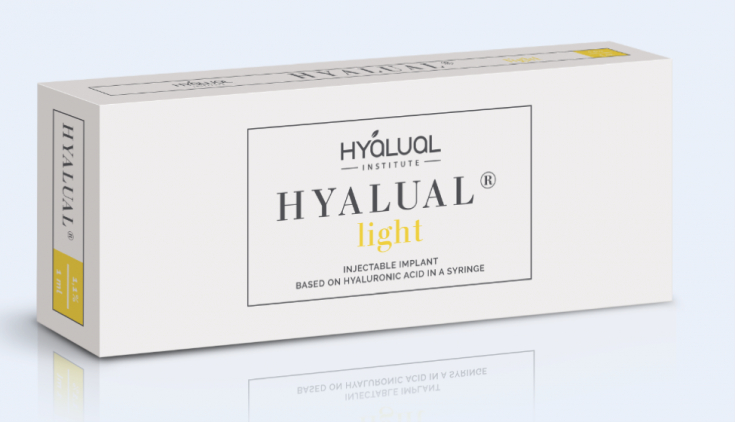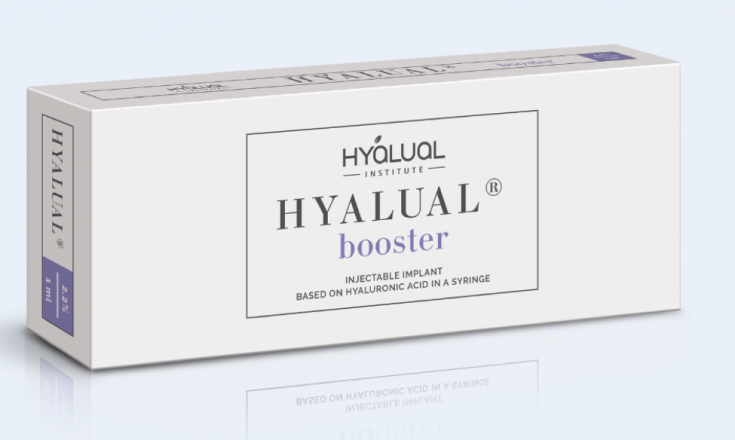Aesthetic medicine specialist has a thousand tasks to deal with today, and in order to cope with all of them, you need to learn to set priorities. So, for example, working with leather quality comes to the fore. After all, even in the presence of other age-related changes, beautiful skin allows a person to look fresh and healthy.
Many techniques are used to improve the condition of the skin, but biorevitalization and redermalization are considered the most effective. Which of these procedures to prefer, and which will achieve a more pronounced effect of rejuvenation, read on estet-portal.com in this article.
- How does redermalization differ from biorevitalization
- What effects can redermalization and biorevitalization achieve
- Which method gives more pronounced result
How does redermalization differ from biorevitalization
Let's start with the most important difference:
- For biorevitalization preparations based on hyaluronic acid.
- For redermalization, preparations based on high molecular weight hyaluronic acid and sodium succinate companies HYALUAL

Biorevitalization – it is a process that triggers the production of collagen in the skin and cell rejuvenation. The hydrating power of hyaluronic acid in the process of biorevitalization nourishes the cells of the skin at a deep level and allows you to make the skin more elastic and youthful, reduce wrinkles.
Subscribe to our page on Facebook!
Due to the fact that one molecule of hyaluronic acid can hold up to 500 water molecules, it is extremely effective in maintaining skin hydration – powerful weapon against aging.
Redermalization works in 3 directions at once:
- helps regulate biochemical processes in cells;
- restores water balance;
- contributes to the active blocking of free radicals.
Anti-aging lifting of the deformation-edematous type
This triple effect is achieved with Double Synergic Effect technology: a synergistic effect resulting from the combination of two components in the product – high molecular weight hyaluronic acid and succinic acid (as sodium succinate). This is the main advantage of the redermalization procedure.
What effects can redermalization and biorevitalization achieve
During biorevitalization, microdoses of hyaluronic acid are superficially injected, which allows:
- rejuvenate skin;
- refresh complexion;
- improve the relief and texture of the skin;
- reduce wrinkles.
Redermalization for Hyperpigmentation: Treatment Protocol

During redermalization, both hyaluronic acid and sodium succinate act simultaneously on the skin.
The synergy of these two substances, which enhance each other's effects, allows:
- normalize microcirculation, which promotes lymphatic drainage;
- regulate cellular energy metabolism;
- protect the skin from oxidative stress;
- prevent cell membrane damage;
- activate the synthesis of the main structural proteins.

The use of succinic acid (sodium succinate) for redermalization can be called a breakthrough in the process of improving skin quality.
Which technique gives the most pronounced result
Thus, we see that redermalization with company HYALUAL gives more complex, more deep effect skin rejuvenation.
Peculiarities of redermalization of sensitive skin
During this procedure, the reserves of native hyaluronic acid are not simply replenished, as in biorevitalization, but the process of complete skin renewal is started, microcirculation improves. This allows you to significantly increase the effectiveness of the procedure, and therefore requires fewer visits to the beautician than with biorevitalization, and this is undoubtedly a big plus for today's ever-busy patients.
Redermalization improves skin regeneration processes, activates its potential, which is why this procedure is so popular.

Biorevitalization is a safe modern method to improve the condition of the skin, but if you compare this procedure with redermalization, then it clearly loses in this race for beauty.
More useful information on our YouTube channel:







Add a comment